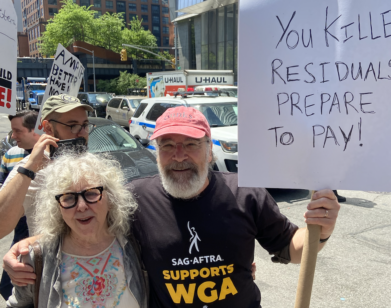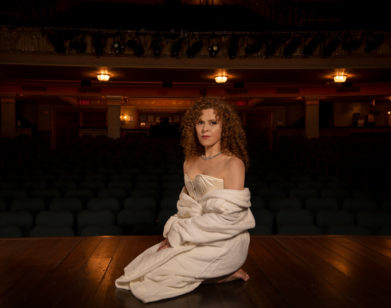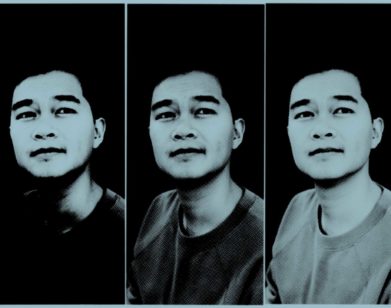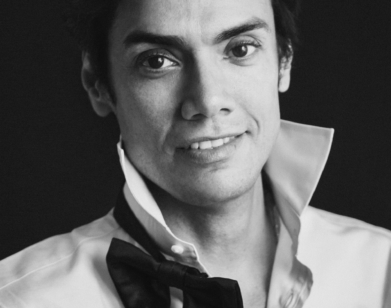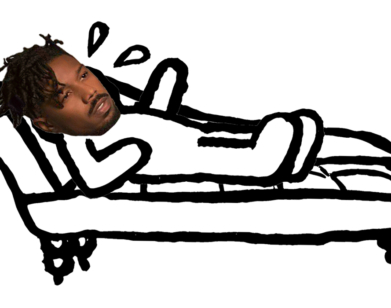Is Mary Poppins actually a grief worker?
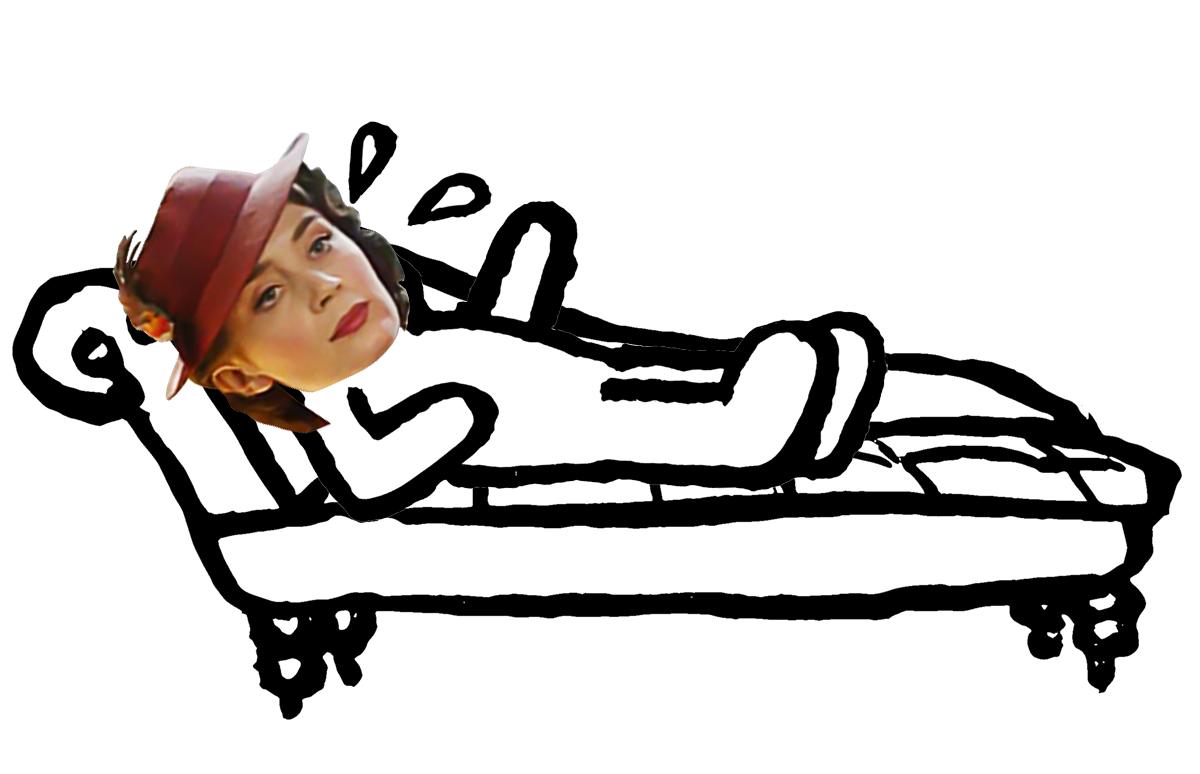
Art by Jack Vhay.
The therapist and the film critic occupy a similar space in the culture. The latter cracks open the fundamental truths of our popular cinema; the former, of ourselves. For our series On the Couch, we ask New York therapists to pick the brains of the characters within their favorite films.
Mary Poppins Returns, the Emily Blunt-led follow-up to the 1964 Disney film, is chock full of dancing penguins, bathtub dolphins, and Lin-Manuel Miranda. The film follows Michael Banks, now an adult, and his family as he struggles to pay his bills in the wake of his wife’s death — until their beloved childhood nanny arrives and saves the day, bowler and talking umbrella in tow. However, according to Dr. Dan Wolfson, a clinical psychologist who specializes in grief, the film’s cheery disposition belies a universal tale about a family coping with loss.
———
Dancing penguins (visual hallucinations); a talking umbrella (auditory hallucinations); the ability to turn back time (delusions of grandeur): Upon initial assessment, the characters of Mary Poppins Returns would fly right through Bellevue Hospital’s intake department for a prompt admission to the psychiatric unit. Luckily for Mary, Jack, and the Banks family, Disney characters aren’t held to the same standards of mental health as the rest of us. Perhaps that’s a good thing for the audience as well, since the film not only takes us on a fantastical journey of the imagination, but also brings Mary Poppins’ unique talent — to make any topic easily digestible — to the next generation. But this time around, it takes more than a spoonful of sugar to support the Banks family as they embark on another kind of journey: the journey through grief.
Mary Poppins Returns brings us back into the lives of the now-adult Banks siblings, twenty years after Mary first visits them as their babysitter in the original film. Michael Banks went on to marry and have three children of his own, and we find the Banks household in disarray when we rejoin the family about a year after the death of Michael’s wife. As a psychologist specializing in grief, I quickly recognized the way that the death took hold on the Banks family. Experiencing the death of a loved one cracks the foundation of safety from which we see the world, impacting us in nearly every domain of our lives. Even the simplest tasks can feel overwhelming — getting breakfast on the table, falling asleep at night, or staying organized enough to pay the bills. We see the Banks family struggling with each of these tasks. We also see how loss can shift the roles and responsibilities in a family. Anabel Banks, the oldest sibling, has been thrust into a parental role, acting as caretaker to her younger brothers John and Georgie, who are also being held to behavioral standards beyond their years. And Michael, once an artist, has taken on a job at a bank to pay the bills. It is no surprise to see these characters experiencing challenges like this after a significant loss, but they, like all of us, have the capacity to adjust to our grief and grow beyond this initial rawness. We can even do it without a fairy tale nanny — although she does bring a bit more choreography, and much brighter colors, to the process.
It seems that I have some things in common with Mary, as working with grief has made me a true believer in individual resilience; as the movie says, “There’s no place to go but up.” But it is important to note that nobody who is grieving should ever be told to “get over” their loss or “move on,” and this is far from the goal. Our grief and connection to the person who has died will always stay with us, but in an evolving way that does not stop us from also being able to meaningfully engage in the world around us. We never lose our ability to feel joy. Simply ask Anabel, John, and Georgie after they discover dolphins and pirate’s gold deep in the ocean of their bathtub. In fact, by both allowing ourselves to embrace the sadness of loss, and also taking part in positive experiences — perhaps something as simple as a musical number with or without a Lin-Manuel Miranda verse — helps to facilitate our process of adjusting to our new normal.
In Mary Poppins Returns, we not only learn the importance of opening ourselves up to new experiences and positive emotion as we move through grief, but are also reminded that the memories and connection to those we love are never so far away. When Georgie finds himself missing his mother one evening, Mary sings him a lullaby called “The Place Where Lost Things Go,” reminding him that people who are gone are never forgotten. Clinically, we describe this as continuing bonds, one of the central tenets of integrating loss into our ongoing lives. But I prefer the way Mary describes it, in her comforting, melodic, and perfectly simple way.
Nobody should have to grieve alone, and by the end of the film we see a much more connected Banks family. United in their loss, and also their mission to save their house from an evil bank- owning wolf — because Disney — Michael reminds his children that he is there for them, and that they will continue to support one another through hardship. Having helped the Banks find positivity and hope in the face of loss, Mary’s mission is complete. She may need to come back to address the undiagnosed dementia of the admiral next door, but I suppose that will have to be saved for our next session.
Dr. Dan Wolfson is a licensed clinical psychologist specializing in the field of grief and loss. He works with teens, adults, and families at Rennicke & Associates in downtown Manhattan, and is the Clinical Director of Experience Camps for Grieving Children’s Mid-Atlantic program. Dr. Wolfson also serves on the advisory committee to the website ModernLoss, and is an adjunct clinical supervisor with the City College of New York and NYU Center for Counseling.


